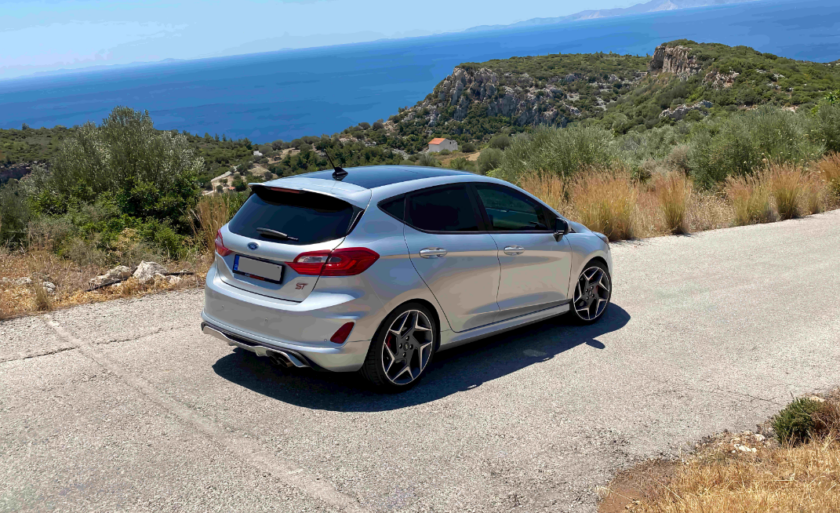Top 5 Common Problems in Small Cars and How to Prevent Them

If you have a cute compact car, you have probably saved a ton on fuel, and you know how easy it is to zip around and park in the city. However, while this car has a lot to offer it does tend to have some unique issues. Let’s look at 5 of them here.
1. Brake Disc Wear
If you start to hear squeaking when your brakes are in use, you can be confident that your brakes are on the way out. This is expected to happen with smaller cars like the Ford Fiesta, too. So plan on an interval of 12000 miles to see the mechanic. Also, note that damaged brake discs ideally will have to be replaced.

Ford Fiesta brake discs image taken from Buycarparts
2. Tire Wear and Alignment Issues
Say those grooves and treads on your tires start to disappear, and that tire is starting to look smooth; that is an obvious sign that you have some tire issues and possibly wheel alignment problems, too. It is natural for tires to wear out, but if you notice this seems to be happening faster than it should, it is probably due to low pressure in the tire and alignment issues. That being said, you need to regularly get the pressure checked. Also regular tire rotations and alignments should also occur (about every 5,000 to 7,500 miles) to ensure that any wear will happen evenly among all tires on the vehicle.
3. Engine Overheating
Small cars can sometimes also have engine overheating problems. If the car is severely low on coolant, has issues with the radiator, or has a faulty thermostat, the car has a good chance of overheating, which could result in engine damage. To prevent being the stereotype on the side of the road with a steaming car, make sure you check on the coolant and oil at least once a year. As well, get a mechanic to give your radiator a look-see every now and again.
4. Electrical System Issues
Smaller vehicles tend to get the small side of their electrical system, and this often means some wiring problems or blown-out fuses. Avoiding this requires getting your battery checked every year (more frequently if you live in a cold region). The output of batteries could be reduced when the temperature drops and other lighting and wiring also need to be regularly checked to clip up some problems before they turn into your car not functioning.
5. Suspension Wear
The Fiesta’s front suspension system generally uses the MacPherson strut suspension design that is connected to the top of the front fenders in the engine bay and located forward of the front wheel. It is primarily used on front wheel drive vehicles and on some rear wheel drive vehicles that have control arms that do not have to be very long for this set up. This type of suspension system tends to wear out quickly largely because it is designed to not weigh as much as the more heavy-duty models and put a lot of stress on its parts while being driven in urban settings. To help prevent any suspension wear, small car owners should avoid potholes and broken sections of the road whenever possible. Decently, frequent checks to the suspension (at least every 12,000 miles driven) should also help as well to catch any issue long before getting worse.
Final Thoughts
Even though small cars such as the Ford Fiesta provide a bevy of benefits, they will sometimes be prone to some issues that may be common. These issues will only become problems when one does not stay on top of them through regular maintenance. Small car owners who are able to identify the issues on their cars and enact preventative measures can make steps to improve their car’s longevity and reliability.










